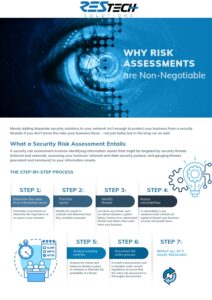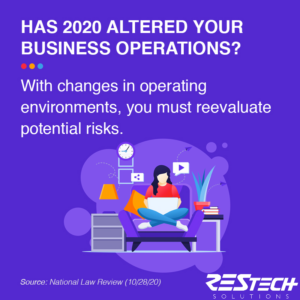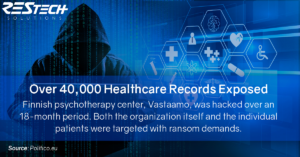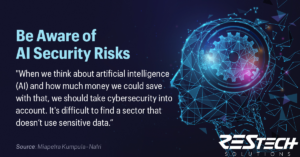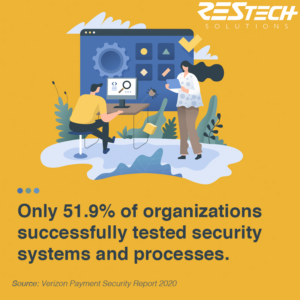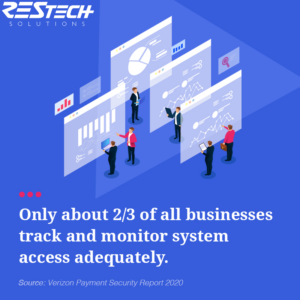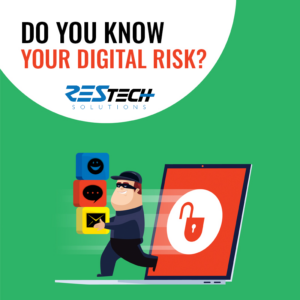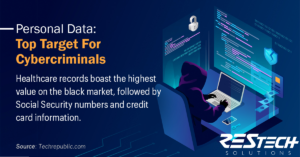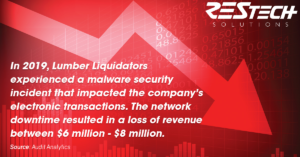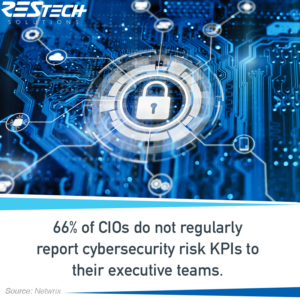Tips/Info
It is absolutely imperative that businesses routinely review the security status of their IT network and data systems to determine their risk. As COVID-19 continues to alter workspaces and technology habits, these changes will require constant risk assessments to keep up with the introduction of new threats.
As companies grow and acquire new talent, it is not surprising that access management is a difficult thing to keep tabs on. New software contracts, 3rd-party services, and other systems may also come and go, resulting in a muddy pool of credentials and suspicious activity.
By conducting regular risk assessments, businesses can recognize any unauthorized account access to keep information secure and mitigate threats.
Although it might seem that financial information would be the most sought-after type of data, health records have actually been the top target for years. Health records are more complete in nature, with higher amounts of PII than your average social security number or bank statement can provide. In fact, they usually contain everything a hacker needs to inflict the most damage.
Although abundant, it is pretty obvious that data needs to be protected. An increase in data means an increase of information and a reliance on technology to house it all. Without a robust cybersecurity solution, data will continue to increase and become less protected as time goes on. Don’t play catch-up. Protect your data today.
If you are a CEO, do you know the current state of your company’s cybersecurity?
With a cyberattack happening every 39 seconds, waiting until after an incident happens is not the time to consider an improved security strategy. Conducting regular risk assessments can help you identify areas of weakness to start you on a path towards increased control.

